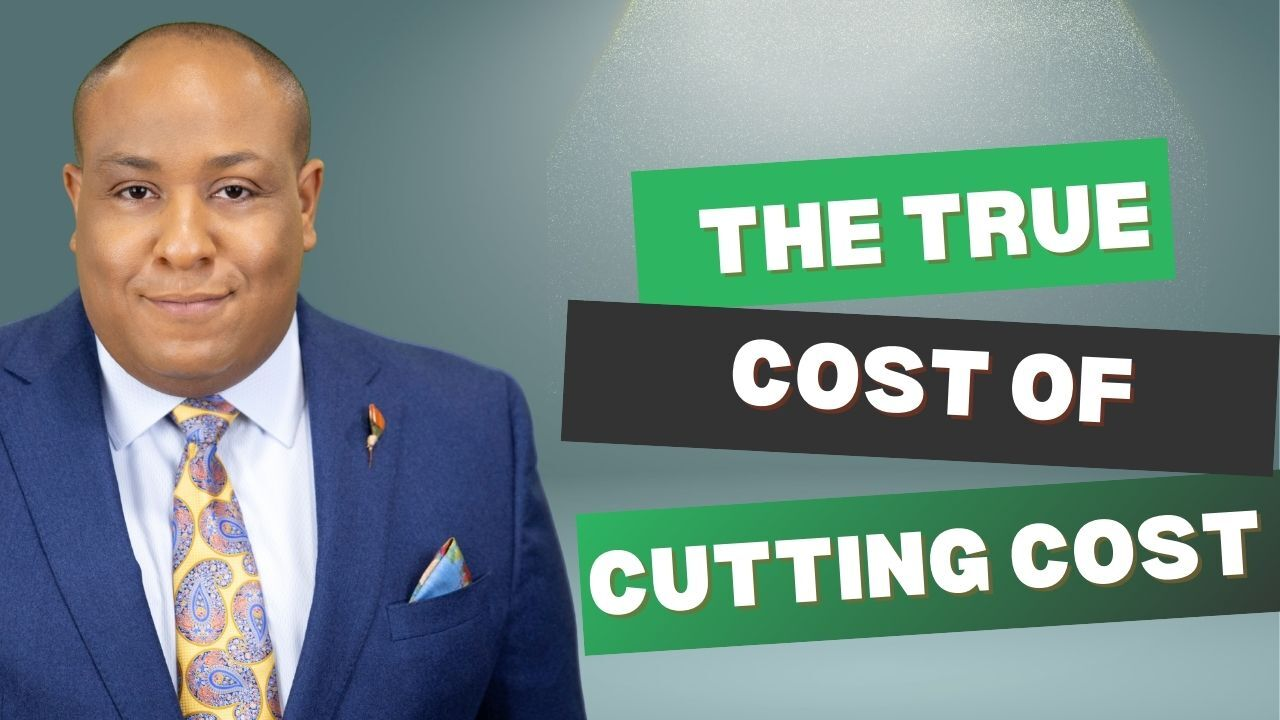804-414-8051
Driving Growth: The Power of the Identify, Isolate, and Attack Strategy
Cory Mosley

In the dynamic business world, stagnation is not an option. Every ambitious entrepreneur seeks to push beyond current limits to seize the potential of tomorrow. But how can we pave the path to growth when obstacles obscure our vision and impede our progress?
A Strategy for Growth
To navigate through challenges effectively, adopting a clear, actionable strategy is crucial. This approach centers around three pivotal actions: identify, isolate, and attack. Just as in life, recognizing a problem is the first step toward solving it, and the same applies to business.
Identifying the Obstacles The first step is identification—your guide to pinpointing core issues. Is your company facing a growth slowdown? Are profitability and customer satisfaction metrics falling short? Deeply examine the five key pillars of business success: Service, Quality, Finance, Brand, and Growth. Identifying these issues requires a thorough internal review to understand the root causes.
Isolate to Understand Once you’ve identified an area of concern, the next step is to isolate it. Narrowing down the problem allows for focused analysis. Is it customer service standards impacting your reviews? Or perhaps an internal process creating friction? Conduct a detailed assessment to pinpoint the exact element needing attention—whether it’s people, processes, or products.
Attacking the Problem After isolating the root cause, the next phase is to attack—strategically and precisely. Implement targeted actions to retrain, coach, or even replace systems, processes, or individuals causing issues. This step involves overhauling and optimizing solutions to address the identified problems effectively.
Why This Strategy Works
This method ensures businesses address underlying issues rather than merely treating superficial symptoms. By focusing efforts and resources on the most pressing concerns, you can drive impactful, sustainable growth.
Challenge to Conventional Wisdom
While straightforward in theory, executing this strategy demands agility and adaptability in the digital age. With high customer expectations and competitive pressures, addressing issues like a low Google review rating is crucial. This strategy encourages decisive, well-informed actions to enhance your market position.
The Core of Success
Ultimately, precise problem identification and targeted action lead to sustainable growth. This approach underscores that every challenge is an opportunity to become smarter and more resilient. With the Identify, Isolate, and Attack strategy, your growth aspirations can become reality through relentless improvement and strategic clarity.
Key Takeaways
- Growth Dictates Strategy: Align actions with both short-term and long-term growth goals.
- The Importance of Focus: Prioritize areas affecting customer satisfaction and operational efficiency.
- Adaptive Tactics: Embrace necessary changes in personnel, processes, or practices.
- Courage and Wit: Make tough decisions based on thorough analysis.
Join the Movement towards Excellence
Your vision for growth matters, and your drive for improvement can set you on a path to success. Explore our insights and strategies to redefine obstacles as opportunities. Connect with our community and chart your course to a prosperous future.
Ready to transform your business strategy? Visit
corymosley.com to learn more and start your journey towards unlocking growth and excellence.
Similar Posts




Contact
Mosley Strategy Group LLC
2810 N. Parham Road Suite 360
Henrico, VA 23294
804-414-8051
hello[at]corymosley.com
Links
Affiliated Brands
© 2025 Mosley Strategy Group LLC. All Rights Reserved
